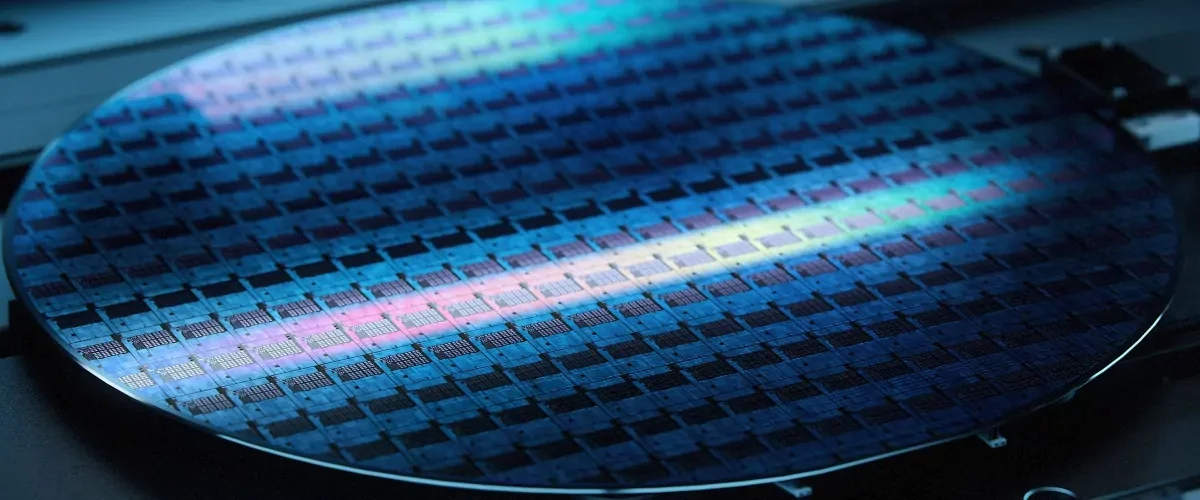What Is Chip In Electronics and How Does It Work In Computer?
What Is Chip In Electronics? There are microchips everywhere. More than 932 billion chips were produced globally in 2020, supporting a €440 billion market. Advances in chips have led to the creation of new products and the transformation of whole industries by offering higher performance, additional functionality, and reduced costs with each generation. Continue reading our article to learn What Is Chip In Electronics and how they work.
Contents
What Is Chip In Electronics?
1. The definition of Chip In Electronics
An integrated circuit is another name for an electronic chip. Transistors, resistors, and diodes are among the parts, and they are all housed on a single tiny plate. The substance used to create the plate will be a semiconductor, most frequently silicone. It is made up of several intricate layers of copper, semiconductor wafers, and any other materials needed.
What Is Chip In Electronics?? Chips are incredibly sophisticated and can occasionally fit billions of components on a very small surface. They have been produced in large quantities using photolithography since the middle of the 20th century thanks to advancements in technology.
Modern electronics cannot function without electronic chips. They can perform far better than a discrete circuit and are quite inexpensive to create. Because of how much data they can store, they are ideal for building compact but effective machines like computers. A computer would need to be massive if it were constructed using the same type of printed circuit board that is sometimes used in other small electronic components, as eight electrical switches would be needed to store only one byte of data.
Chips have revolutionized microelectronics and are employed in many commonplace gadgets. They are present in many things, including satellite dishes, automobiles, computers, mobile phones, and airplanes, to mention a few. That is the answer to the question What Is Chip In Electronics.
2. The two main types of Electronic Chip
Logic chips and memory chips are the two main categories of microchips.
- Logo Chip
The “brains” of electronic devices, or logic chips, process data to carry out tasks. Central processing units, or CPUs, are the “original” logic chips, having been created in the 1960s. However, there are other processors created specifically for a certain task, such as NPUs and GPUs (graphics processing units, which are enhanced for visual display) (neural processing units, designed for deep and machine learning applications).
- Memory Chip
Information is stored on memory chips. There are two different kinds of memory chips: NAND Flash, which continues to save data long after the device has been switched off, and Dynamic Random Access Memory (DRAM), which serves as the “working memory” and only saves data while the power is on. For instance, NAND stores your images while DRAM aids in the operation of apps on your device. NAND read and write speeds are slower than those of DRAM.
3. The material of the Electronic Chip- Digital Gold
In the chip business, silicon is the preferred material. Since silicon is a “semiconductor,” as opposed to the metals that are often used to conduct electrical currents, its conductive qualities can be improved by combining it with other substances like boron or phosphorus. This enables the on/off switching of an electrical current.
It’s everywhere, which is fantastic news! Sand is used to making silicon, which is the second most common element on earth after oxygen. Silica sand, which is composed of silicon dioxide, is used to create silicon wafers. An “ingot” is a huge cylinder made of molten sand that has been cast. Then, tiny wafers are cut from this ingot.
How does Electronic Chip work?
The remarkable growth in processing power and memory capacity that has enabled technology to evolve to where it is now is the result of chip advances. Thanks to semiconductors, computer power grew one trillion times between 1956 and 2015. Consider this: A Nintendo console’s computer was only about half as powerful as the one that guided the Apollo flights to the moon. It contained 589.824 bits of read-only memory (ROM) and 32.768 bits of random access memory (RAM) (ROM). The processing power of a contemporary smartphone is around 100,000 times more, and it has seven million times more ROM and a million times more RAM.
Chips support algorithms like those used in deep learning and allow applications like virtual reality and on-device artificial intelligence (AI), as well as improvements in data throughput like 5G connection.
A lot of data is generated by all this computation. The globe will produce 175 zettabytes (ZB) of data per year by 2025, which is roughly equal to one billion terabytes (TB). In contrast, the ‘Data Age 2025’ whitepaper from market research firm IDC estimates that if 175 zettabytes were stored on DVDs, the stack would be tall enough to circle the globe 222 times.
Conclusion:
Imagine a world without microchips for a moment. From automobiles to smartphones, MRI scanners to industrial robots, and data centers, they are at the core of the gadgets we use for work, travel, fitness, and entertainment. Thank you for reading our article to learn What Is Chip In Electronics and see you in other articles.






